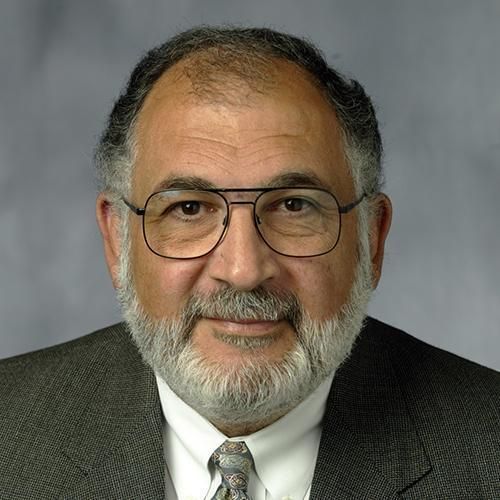Solution of the 3-D schrödinger equation with tensor effective mass based on perfectly matched layer and spectral element methods
A simple and systematic algorithm based on the perfectly matched layer (PML) method and spectral element method (SEM) is introduced to solve the 3-D Schrödinger equation with tensor effective mass. This algorithm extends the lead regions of a device into artificial PML media, where a modified Schrödinger equation is satisfied. The interface between the physical and PML media has zero reflection coefficients, thus waves attenuating rapidly into the PML region before transmitting to the contact boundary. This algorithm provides a highly effective open boundary condition in solving quantum transport problems. The additional PML region can be designed such that less than -100 dB incoming waves are reflected by this artificial material with the implementation of the spectral element method. Consequently, the solution of the Schrödinger equation and thus the current in the original device region do not deviate from the correct solution. In this algorithm, the transmitted wave function is treated as a total wave instead of being decomposed into waveguide modes, therefore, it significantly simplifies the problem in comparison with conventional open boundary conditions. The implementation of the tensor effective mass provides an excellent tool to study strain effects along any arbitrary orientation. Within this PML implementation, the spectral element method has been applied to achieve an error that exponentially decreases with the increase of the polynomial order and sampling points. This accuracy has been demonstrated by comparing the numerical and analytical results from waveguide examples, and its utility is illustrated by multiple-port devices and nanotube devices.
Duke Scholars
Published In
DOI
ISSN
Publication Date
Volume
Related Subject Headings
- 5102 Atomic, molecular and optical physics
- 4009 Electronics, sensors and digital hardware
- 4006 Communications engineering
Citation
Published In
DOI
ISSN
Publication Date
Volume
Related Subject Headings
- 5102 Atomic, molecular and optical physics
- 4009 Electronics, sensors and digital hardware
- 4006 Communications engineering

